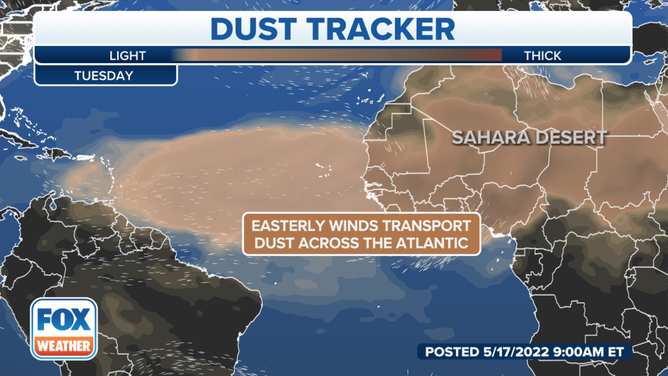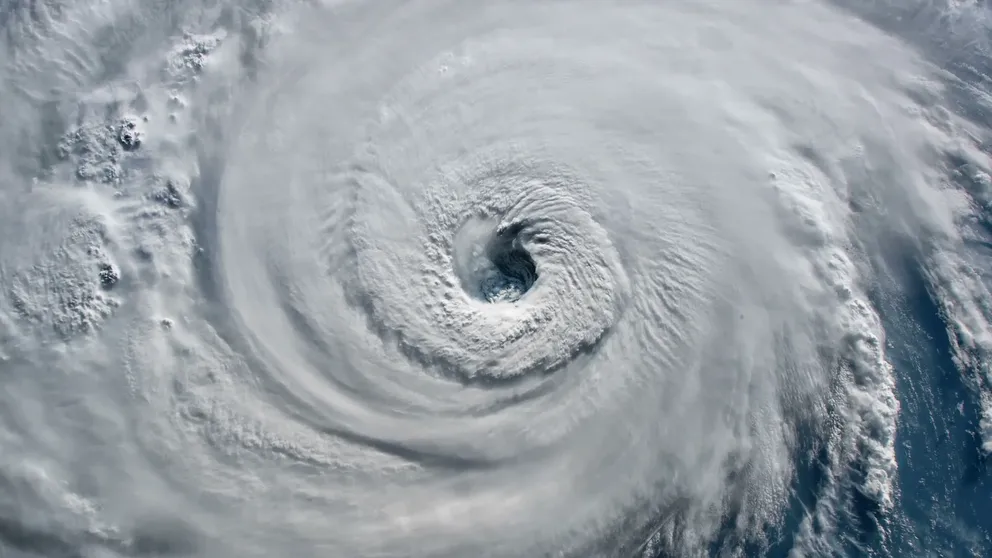August is the second busiest month of the hurricane season
The hurricane season in the Atlantic basin runs from June 1 to November 30. During an average season, 14 named storms, seven hurricanes and three major hurricanes form.
How hurricanes get their names
How and why hurricanes get their names have evolved over the past century.
The month of August is when tropical cyclone activity in the Atlantic basin usually increases and stays at active levels through the peak of the hurricane season.
During an average August, four tropical cyclones are named and two systems become hurricanes with sustained winds of at least 74 mph.
Warm water temperatures and relaxed shear patterns can allow for the development of cyclones anywhere in the basin during the month.
The more suitable atmospheric conditions make the Main Development Region (MDR) a focal point for cyclone development.
The MDR runs from Africa to the Caribbean Islands and is the origin point of 85% of major hurricanes and 60% of all other tropical cyclones.

This map shows where tropical cyclone activity tends to occur in August.
(FOX Weather)
WHAT IS THE MAIN DEVELOPMENT REGION (MDR) OF THE NORTH ATLANTIC OCEAN?
During the early months of the season, water temperatures across the Main Development Region (MDR) can be too cool to support cyclone formation, upper-level winds can be too hostile and Saharan dust can be too extensive.
According to NOAA estimates, air surrounding a dust plume has 50% less moisture than the typical atmosphere, meaning the presence of the Saharan Air Layer (SAL) can be detrimental to cloud formation and thunderstorm activity.
The prohibitive nature of the SAL is one of many reasons why tropical development in June, July and the early days of August is often limited to the western basin.
In some seasons, dry air can restrict formation throughout the entire month, significantly impacting both the number of cyclones and their overall strength.

Saharan dust tracker for Tuesday, May 17, 2022.
(FOX Weather)
HURRICANE SEASON 2022: AUGUST FINISHES WITHOUT ANY NAMED STORMS FOR FIRST TIME IN DECADES
The last August to not produce a single significant tropical cyclone was 2022, marking only the second such occurrence during the modern satellite era. Other stormless Augusts include 1997, 1961, 1941 and 1929.
Most quiet periods have occurred during El Niño events, when water temperatures are too cool and winds are too hostile for development.
However, the warm status of the El Niño-Southern Oscillation (ENSO) does not completely shut down tropical activity. In fact, one of the busiest Augusts in history occurred during an El Niño event.
Augusts in 2004 and 2012 rank among the busiest months, with eight cyclones forming during each of those seasons.
